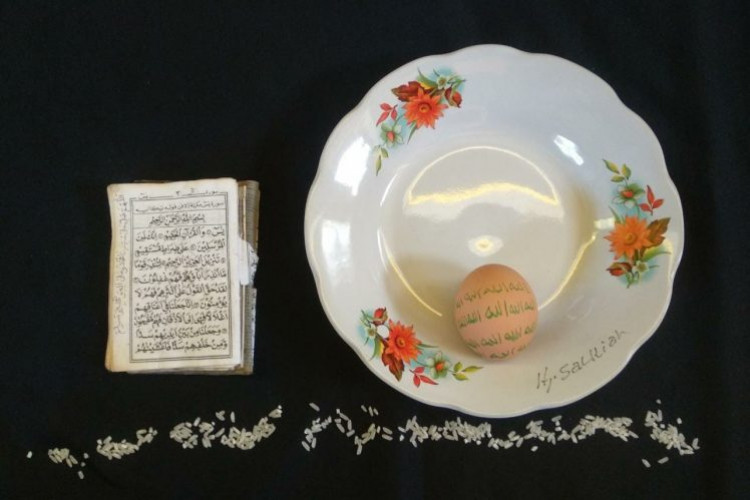Traditional Dance as National Identity
Ethnicity, Culture and Tradition All Fused in One
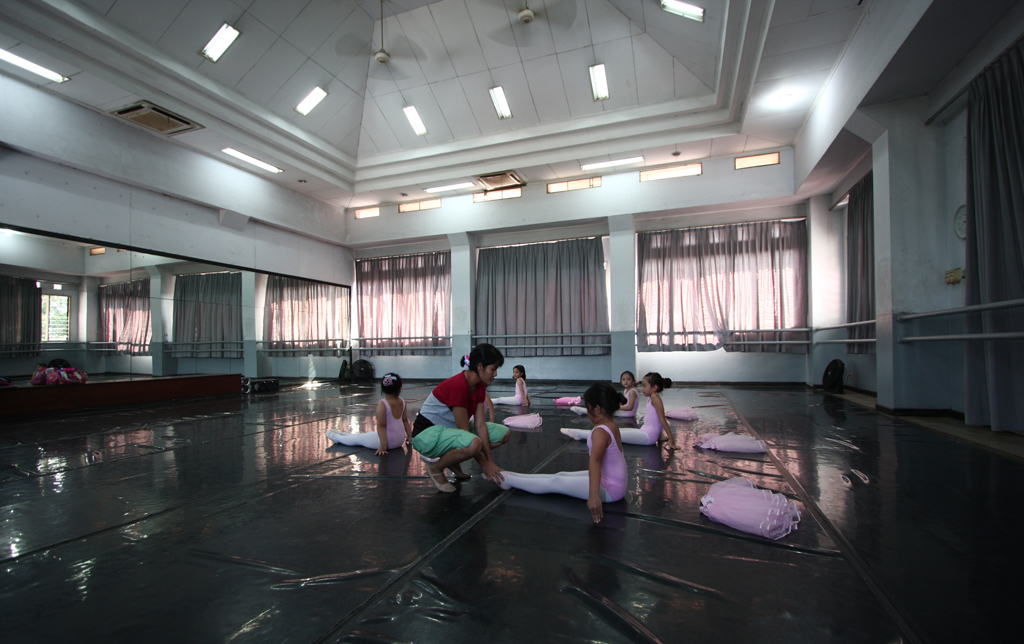


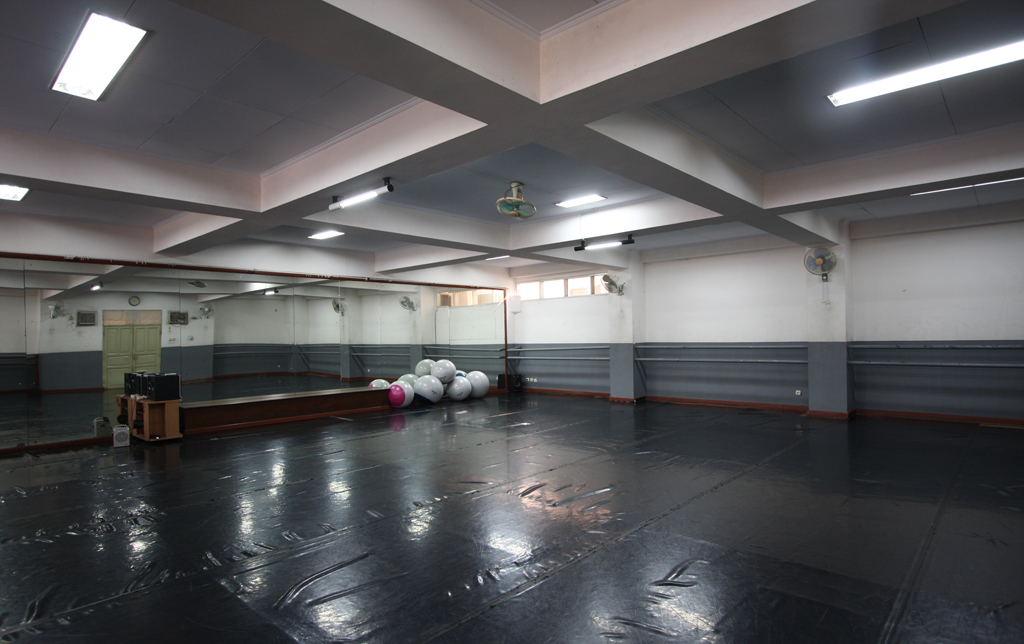
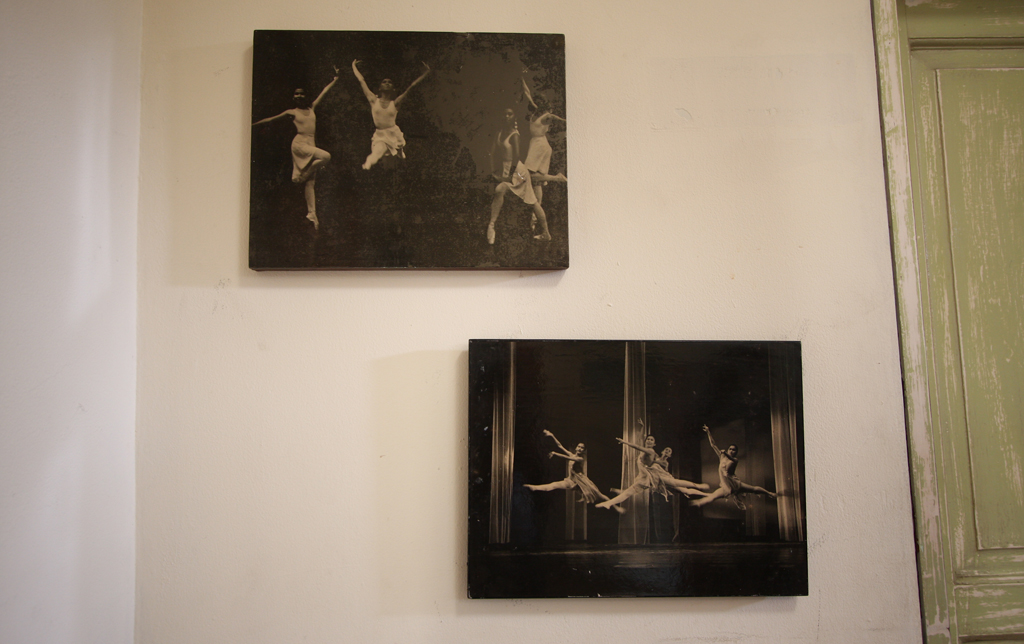


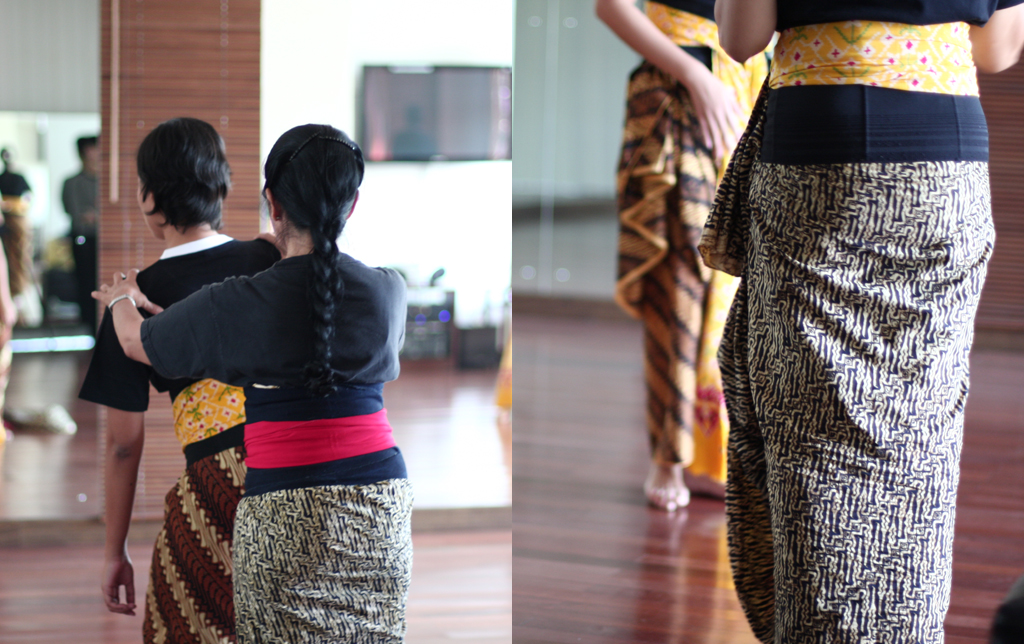
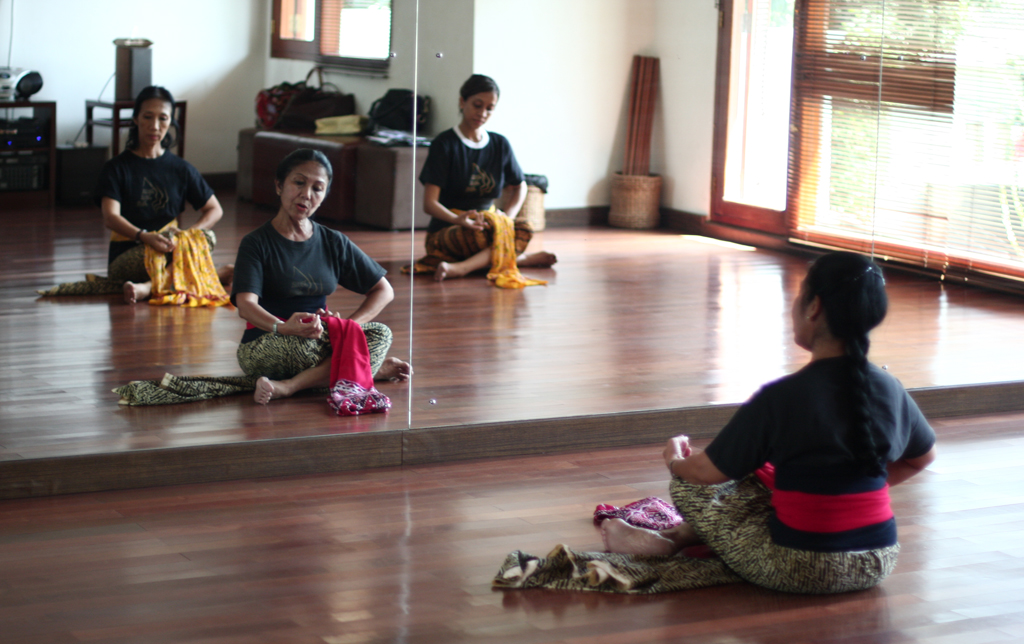
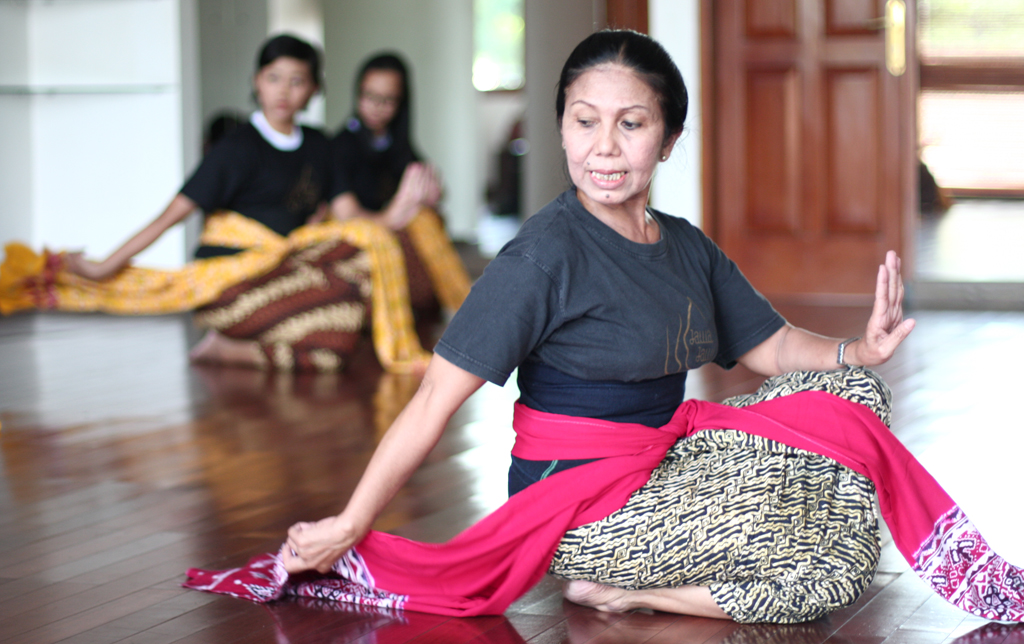
If you were to mention Indonesia to your acquaintance from other countries, what would be the first thing that comes to mind? Bali? Most populous Muslim nation? Or the (in)famous instant noodle, Indomie? The identity of Indonesia has become something that most citizens have taken for granted. Too often, we have relied on outsiders’ outdated impression of Indonesia to be used as an identity for our country. This resulted in a shallow and inaccurate understanding of Indonesia not just for foreigners but Indonesians as well.
Indonesia is an archipelago in Southeast Asia that houses hundreds of distinct ethnics and customs. What other better way to embody the richness of culture and traditions of Indonesia other than traditional dance itself? While it may be hard for the untrained eye to differentiate one ethnic traditional dance from the next, each contains subtle gestures and movements that reflect the culture it represents.
“Traditional dance is an asset of our nation, where it can be used to maintain the appreciation of our country through culture”, said Putri T. Sidharta, a representative of Sanggar Jawa Jawi Java.
While the traditional dances of Indonesia might be the answer to solidifying our nation’s identity, getting the public to embrace it is a problem that most of the traditional dance schools faced. Marich Prakoso, choreographer and dancer from Sumber Cipta dance school remarked, “We provide traditional dance courses such as Bali and Javanese dance, but it is still pretty much limited as the younger generation these days are more attracted to K-Pop and Hip Hop instead.”
Not only does traditional dance have to compete for attention with its more contemporary and “cooler” dance alternatives, there is still stigma attached in learning dancing itself especially for males. “Men who learn dance are still often seen as weak and effeminate”, said Prakoso. It is an irony; given that traditional dance itself requires strength and power from a male dancer.
With such an uphill task for Indonesia’s traditional dance to make its presence felt among the young generation, both Sidharta and Prakoso still remain optimistic. However, Prakoso feels that the younger generation’s obsession with foreign culture is worrying. “To preserve our nation’s culture is not easy, one must first love the country,” observed Sidharta.
This is why the government plays a crucial role in widening the public’s knowledge on traditional dance and ensuring that it will not become a relic of the past. Prakoso added, “The learning of Indonesia’s culture should be included into the class curriculum. Not just dance but also other aspects of Indonesian culture such as music.”
While the modernization of Indonesia is inevitable, our knowledge on Indonesia’s cultures is all the more important in making sure that the country’s rich history and traditions are not lost in the process of pursuing affluence. Ballet Sumber Cipta dance school while specializing in teaching ballet, ensures that it is appropriated into Indonesia culture. The dance school is currently working on a ballet performance using songs from the renowned children’s songwriter Saridjah Niung Bintang Soedibjo, who is better known as Ibu Soed.
As such, there is no better moment than the present to remember our roots even as economic growth is crucial in building a successful nation. Exoticism might be what is usually associated with Indonesia. However, it is important for us to get out from those trappings. We are so much more than that.
Ballet Sumber Cipta
Jl. Ciputat Raya No.1
Pondok Pinang
Jakarta 12310
(021)7659467/7690254
Visit Ballet Sumber Cipta’s website.
Sanggar Jawa Jawi Java
Jl. BDN 2 No. 49
Cilandak Barat
Jakarta Selatan 12430
(021)7658229/99794949
Visit Jawa Jawi Java’s website.







